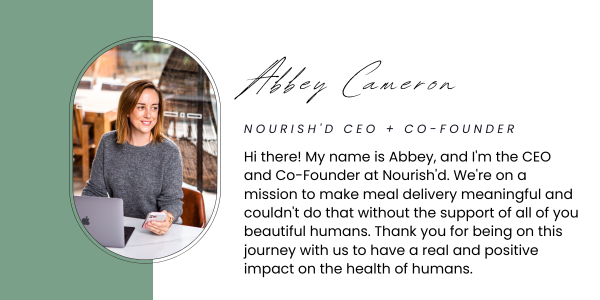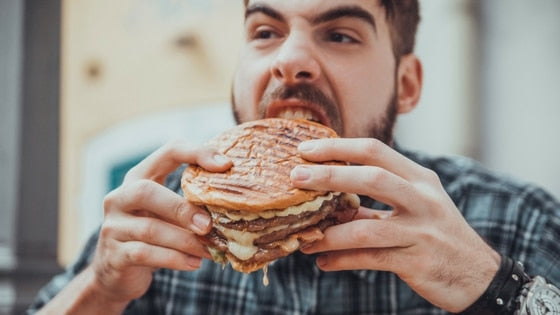Still hungry after eating? There’s nothing worse than tucking into a meal, only to be scraping the bottom of the plate two minutes later in a desperate attempt to fill your growling belly. The only thing that tiny serving sizes lead to are a guilty binge of leftover food. Serving sizes are not “one size fits all" and not all meals and serving sizes adequately cover a person’s needs. In fact, there are a number of different factors - gender, activity levels, health goals, lifestyles - that need to be taken into consideration if you're still hungry after eating. If you’re a small, female, corporate professional, you should not be eating the same size meals as an active, male, tradesman. When you’re relying on a meal delivery service, it’s so important to choose a program that is tailored to your specific requirements. Here’s why:
1. Let’s talk about biology
We’re not talking about women eating less to attain the very unrealistic beauty standard of being thin; we’re talking about the fact that women biologically need to be eating different portion sizes than men. Where as testosterone supports muscle development and fat loss, oestrogen supports fat maintenance. With muscles burning fat, generally men have a higher metabolic requirement rate and therefore need a higher intake of calories to not be continually hungry after eating. Yeah, this does sound a little sucky for women but just remember that women have longer life expectancies than men (#winners). So, if your meal delivery service is offering the same size meals to everybody then maybe it’s time to make the switch. Say no to rumbling bellies and yes to your perfect portion.
2. Make It Work For You
Sitting at a computer all day and doing 8hrs of heavy lifting as part of a construction job are going to require two very different meal plans. There’s a reason that tradie’s turn to a pie or two at lunchtime, it’s because they're hungry! All along the trekking routes in the Himalayas in Nepal, shop fronts advertise a range of deep-fried chocolate bars. Why? Because trekking at high altitudes burn a tonne of calories. A perfect opportunity to not feel (so) guilty about a 500 calorie snack. Not purporting the benefits of eating a log of sugar and fat, but adjusting your calories to your daily activity levels is important. Before signing up to a meal delivery service, it’s important to have a chat about how your job and daily activities affect how many calories you should aiming for to ensure you're not continually hungry after eating.
3. Different Health Goals, Different Serving Sizes
We all have different goals for our bodies. Some of us want to be lean, mean, muscle machines. Others love their squishy bits but want to eat cleaner and feel a bit better. Whether you’re a gym-addict, comfy on the couch with some snacks, or love going on long endurance hikes, your lifestyle and health goals are going to play a big part in how you should be eating. At the risk of sounding like a broken record, there really is no “one size fits all” to food! So when you get back from that long trek, or peel your relaxed and happy body off the couch, get in touch and have a chat about how much you should be portioning to optimise health and ensure you're not hungry after eating! It’s as easy as that.



